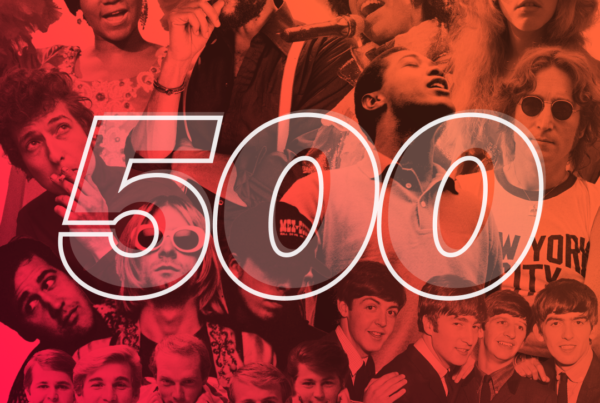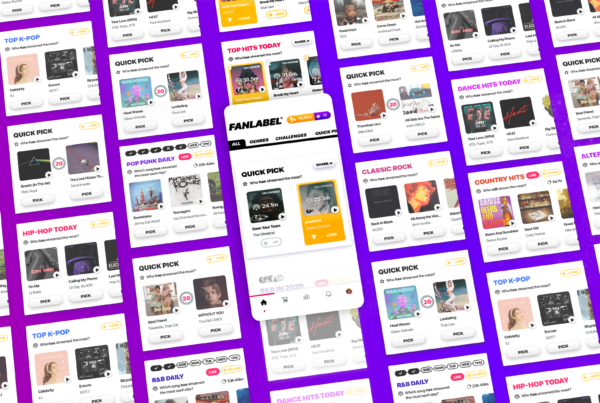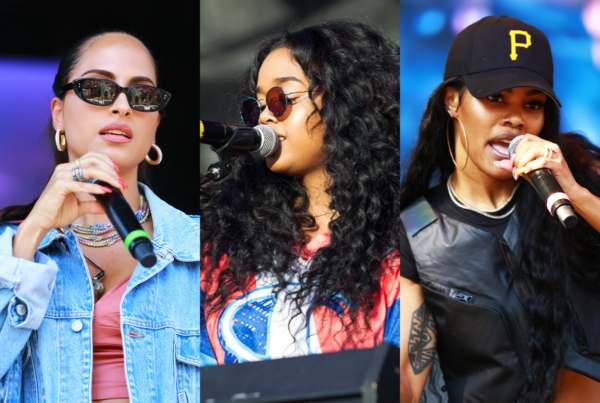Music has evolved over the past several decades. Even the current streaming landscape has seen many changes over the past 10 years. The way that artists are paid and the criteria that makes a song a No. 1 hit have changed to include streaming numbers as a crucial data point.
So, this got us thinking.
How would the hits of yesteryear perform today? How many streams are those songs pulling in today, and does that make them “successful”?
Of course, this isn’t an apples to apples comparison. Songs are most likely to see their highest streaming numbers in the period right after a well-promoted release. It’s new — people want to hear their favorite artists’ new tracks over and over again to learn the lyrics and understand the song.
But indulge us.
The Awesome ‘80s:
Let’s take a random example from the 1980s.
The No. 1 song on the Billboard Year-End Hot 100 chart in 1980 was Blondie’s “Call Me.” Flash forward to today, and during the week of Aug. 9 through Aug. 16, 2019 alone, the single pulled in 865,100 streams, according to BuzzAngle.
It has also streamed more than 26 million times total in 2019.
Again, it’s not fair to compare “Call Me” to, say, Taylor Swift’s newest release, “Lover,” which has already pulled in well over 8 million streams since its release on Aug. 16. But, when compared to the No. 1 song of 1981, Kim Carnes’ “Bette Davis Eyes,” then the Blondie track outgained its counterpart by 27.4 percent.
This is interesting, because “Bette Davis Eyes” had the second-longest run on the Billboard Hot 100 in the entire 1980s decade (behind Oliva Newton John’s “Physical”), remaining at No. 1 for nine weeks. Meanwhile, “Call Me” only lasted six weeks. Back then, the charts were based solely on radio play and sales.
So, had both songs been released in 2019, you could argue that “Call Me” may have performed better than “Bette Davis Eyes,” since today, streaming metrics are also accounted for in the Billboard Hot 100.
It’s not fair to say that with 100 percent certainty, but it’s obvious “Call Me” translates to younger generations.
‘70s Music Runs Deep
Going even further back, let’s examine the charts in 1972, for instance. The streaming numbers for the top-charted song in that year — Roberta Flack’s “First Time Ever I Saw Your Face” — seems to dip compared to the ‘80s example.
Today, Flack’s song is averaging around 18,657 streams per day (130.6K streams in the most recent seven-day period).
However, the songs that finished directly behind “The First Time I Ever Saw Your Face” on the Year-End charts in ‘72 performed much better in terms of streams. Gilbert O’Sullivan’s “Alone Again (Naturally)” finished at No. 2 on the charts that year, but has one million more streams than the Roberta Flack single in 2019 year-to-date metrics (5.2 million versus 4.1 million).
The No. 3 song of 1972, Don McLean’s “American Pie” easily outperforms both songs, with 2.8 million streams last week alone, and about 85.4 million streams year-to-date. The No. 4 song, “Without You” by Harry Nilsson also streams favorably compared to the Roberta Flack hit.
So, while the No. 1 song of that year doesn’t seem to translate to 2019 quite as well as the 1980s experiment (don’t get us wrong it’s still being listened to plenty), 1972 provides a bevy of hits that are pulling in high streaming numbers today.
‘60s Hits are Solid Gold
If we take a look at the 1960s, things get interesting.
Otis Redding’s “(Sitting On) The Dock of the Bay” was a No. 1 song in 1968. In 2019, it pulled in 2.7 million streams last week alone.
“I Want You Back” by the Jackson 5 (1969), “I Heard it Through the Grapevine (1968) and The Beatles’ “I Want to Hold Your Hand” and “Hey Jude” are other examples of songs from five decades ago that are still drawing a million streams per week.
The King No More? (1950s)
We found something interesting in our research when we looked at the 1950s: Elvis Presley doesn’t seem to cross the one million weekly streams mark with any one song from that decade.
Presley, a top-three selling artist of all-time, had 10 No. 1 hits in the 1950s. While a lot of his songs are still pulling hundreds of thousands of streams per week, he may be an example of an artist who benefited more from the old chart structure compared to today’s structure.
So what does this all mean?
We can conclude that the landscape of music, and the way that fans consume music, has changed because of streaming. It makes you wonder how the big hits of yesteryear would perform on the charts in today’s day and age. There would most definitely be a shuffle at the top.
Our research proves at least one thing we already knew: great songs are timeless.
Look out for these older songs (and many more) in the FanLabel app, and choose wisely!
2019 Year-To-Date Streaming Numbers for Year-End No. 1 Hits of each decade:
2000s: “We Belong Together,” Mariah Carey, 69.1 million
1990s: “One Sweet Day,” Mariah Carey feat. Boyz II Men, 24.1 million
1980s: “Physical,” Olivia Newton-John, 4.5 million
1970s: “You Light Up My Life,” Debby Boone, 2.1 million
1960s: “Hey Jude,” The Beatles, 47.4 million
1950s: “Mack The Knife,” Bobby Darin, 10.3 million
*All data derived from BuzzAngle





